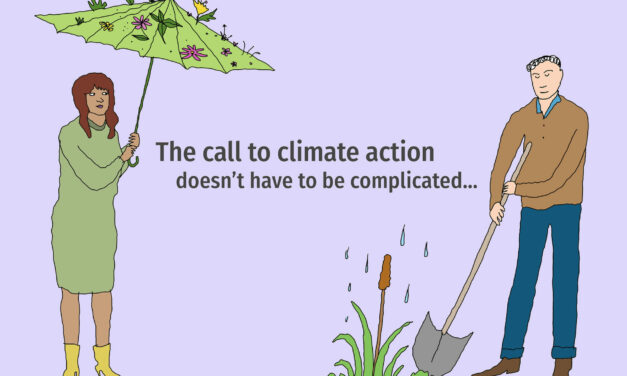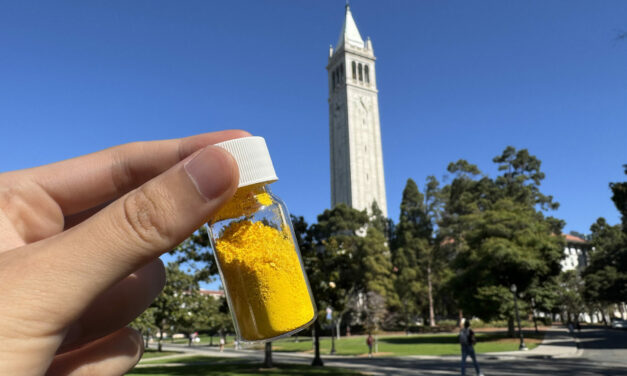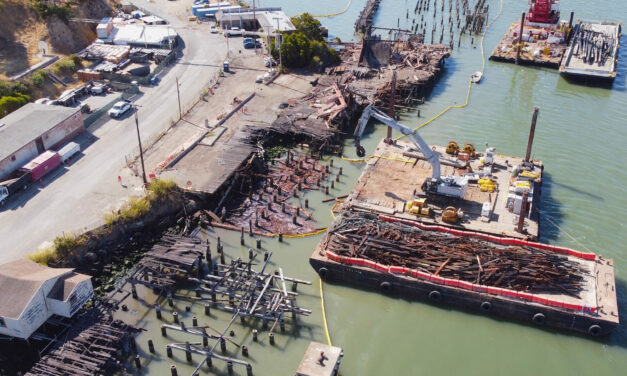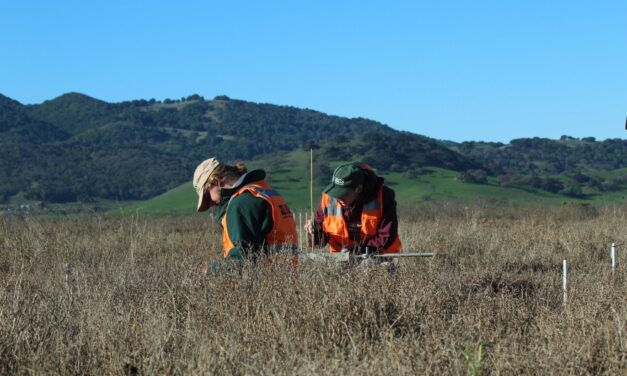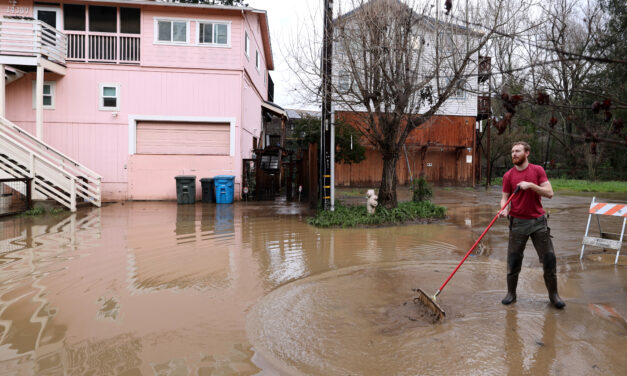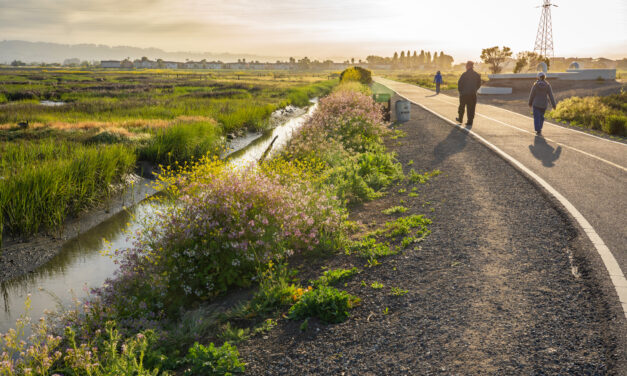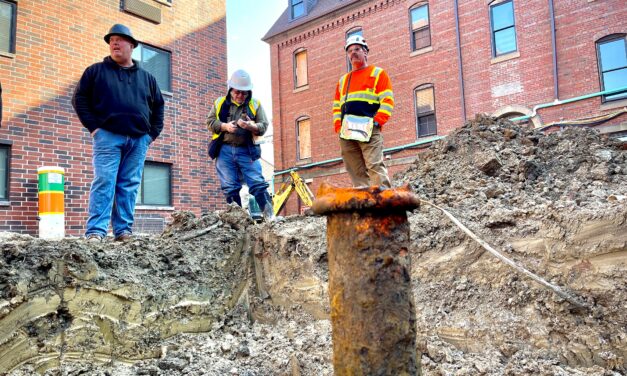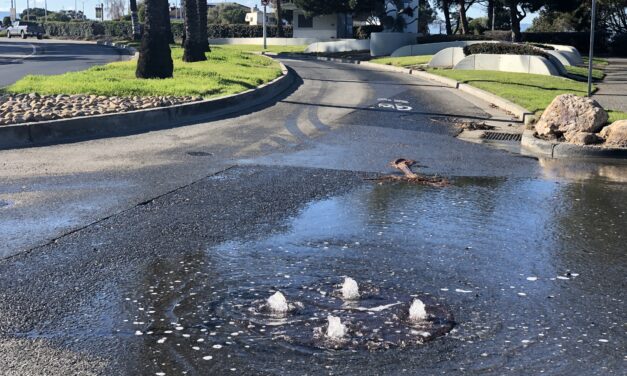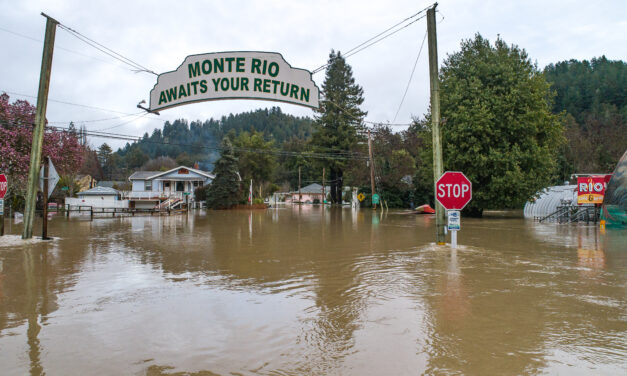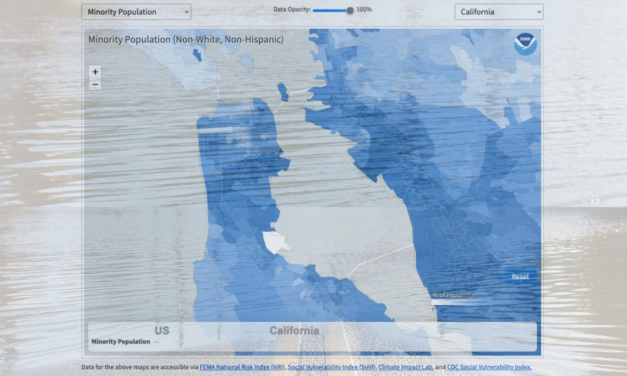Category: Tools & Resources
ReaderBoard
Once a month we share reader announcements: jobs, events, reports, and more.
How To Explain Extreme Weather Without the Fear Factor
Fear-based messaging about extreme weather can backfire. Here are some simple metaphors to explain climate change.
UC Berkeley’s Brilliant Breakthrough in Carbon Capture
Researchers have developed COF-999, a new material that absorbs CO₂ directly from the air without rapidly degrading — a game-changer for carbon capture.

All Stories
Bumpy Road Ahead for Fast-Tracking Program?
The multi-agency BRRIT has streamlined wetland permitting, but ongoing federal cuts could slow its progress.
ReaderBoard
Once a month we share reader announcements: jobs, events, reports, and more.
How To Explain Extreme Weather Without the Fear Factor
Fear-based messaging about extreme weather can backfire. Here are some simple metaphors to explain climate change.
UC Berkeley’s Brilliant Breakthrough in Carbon Capture
Researchers have developed COF-999, a new material that absorbs CO₂ directly from the air without rapidly degrading — a game-changer for carbon capture.
Collecting and Unifying Regional Metrics on Wetland Health
By standardizing and coordinating data collection, the Wetlands Regional Monitoring Program will supercharge new analyses of restoration projects.
Climate Adaptation: The Basics
Resilient sweet potatoes and stilts on houses remind us how adaptable human beings can be. This graphic guide samples our earliest and most recent history of adaptation.
Wine Country County Counts for Half of California’s Repeat Home Flooding
We tested a free flood mapping tool. It revealed that Sonoma County homes get flooded more often than most.
Optimizing the Health Benefits of Urban Greens
A new practical guide called Ecology for Health will help planners and designers enhance both biodiversity and human health in urban settings.
Citizen Methane
Methane, a potent greenhouse gas, leaks from abandoned wells across the country. Curtis Shuck has been finding them by hand, well by well. But finding the leaks is where satellites and citizens come in.
New Maps Reveal Bay Area Flood Threat From Below
As Bay Area residents kayaked through flooded streets and bailed out buildings during California’s recent storms, they faced not only bursting creeks and pouring rain but also rising groundwater.
In Atlas of Disaster, No One is Safe
According to the Atlas of Disaster, 90% of U.S. counties have had an extreme weather event in the last ten years, and California had more disasters than any other state between 2011 and 2021. The report also offers a cost-effective path forward.
Mapping Those Most At Risk
With NOAA’s recent update to their Billion Dollar Disaster Map, urban planners and citizens can see for themselves how disaster risk and vulnerability vary at the much finer “census tract” scale.








